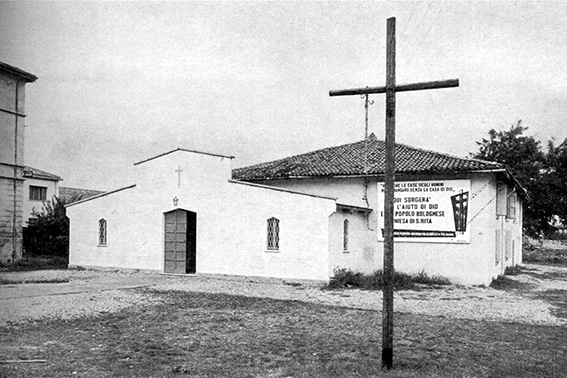Lercaro and the principle of modern architecture at the service of the liturgy
DOI:
https://doi.org/10.17979/aarc.2009.2.1.5037Keywords:
Lercaro, Bologna, churches, urbanism, liturgyAbstract
What I am going to tell in this forum is the story of a bishop of the city of Bologna with a taste of legend and who, in the course of sixteen years of the 20th century, on horseback, has fought in a series of victorious battles that ended, in the end, in an epic defeat. The character at the center of this event is a priest, named Giacomo, son of Giuseppe Lercaro and Aurelia Picasso, born in front of the sea of Genoa on October 28, 1891, ordained a priest in 1914 and appointed by the Supreme Pontiff , archbishop at the Bologna headquarters in 1952.
Anticipate now, so that the public can now enter the global dimension of that historical moment, that Lercaro, by assuming the episcopal dignity of Bologna at the time of its full post-war demographic and urban development, found the need to have to face the pressing problem of procuring, in the newly urbanized areas, the lands that would eventually receive future pastoral organizations in the territory, before the commercial construction saturates the whole set of plots. This is what Lercaro, in the sixteen years in which he remains at the Bologna headquarters, manages to realize, without taxing the impoverished boxes of the curia, but obtaining it directly from the citizens, according to a process with guarantee of which we will speak.
The story is known. But I remember it and I anticipate it so that the continuation of the story contains, for all the listeners, the final reference of the tragedy. On February 12, 1968, Lercaro, after an exceptional episcopate that managed to drag the city to a state of enthusiastic prospect of adherence to the Christian spirit and faith, was forced, by an underground maneuver of the Roman curia, promoted by characters reactionaries of the councils of San Pedro de Roma and San Petronio de Bologna, to leave their diocese to retire to private life. But how can you reach such a serious and dramatic decision that is unparalleled in the history of the Catholic Church? What does Lercaro actually accomplish in the limited time frame that was granted to him? Let's go by parts.
Downloads
















